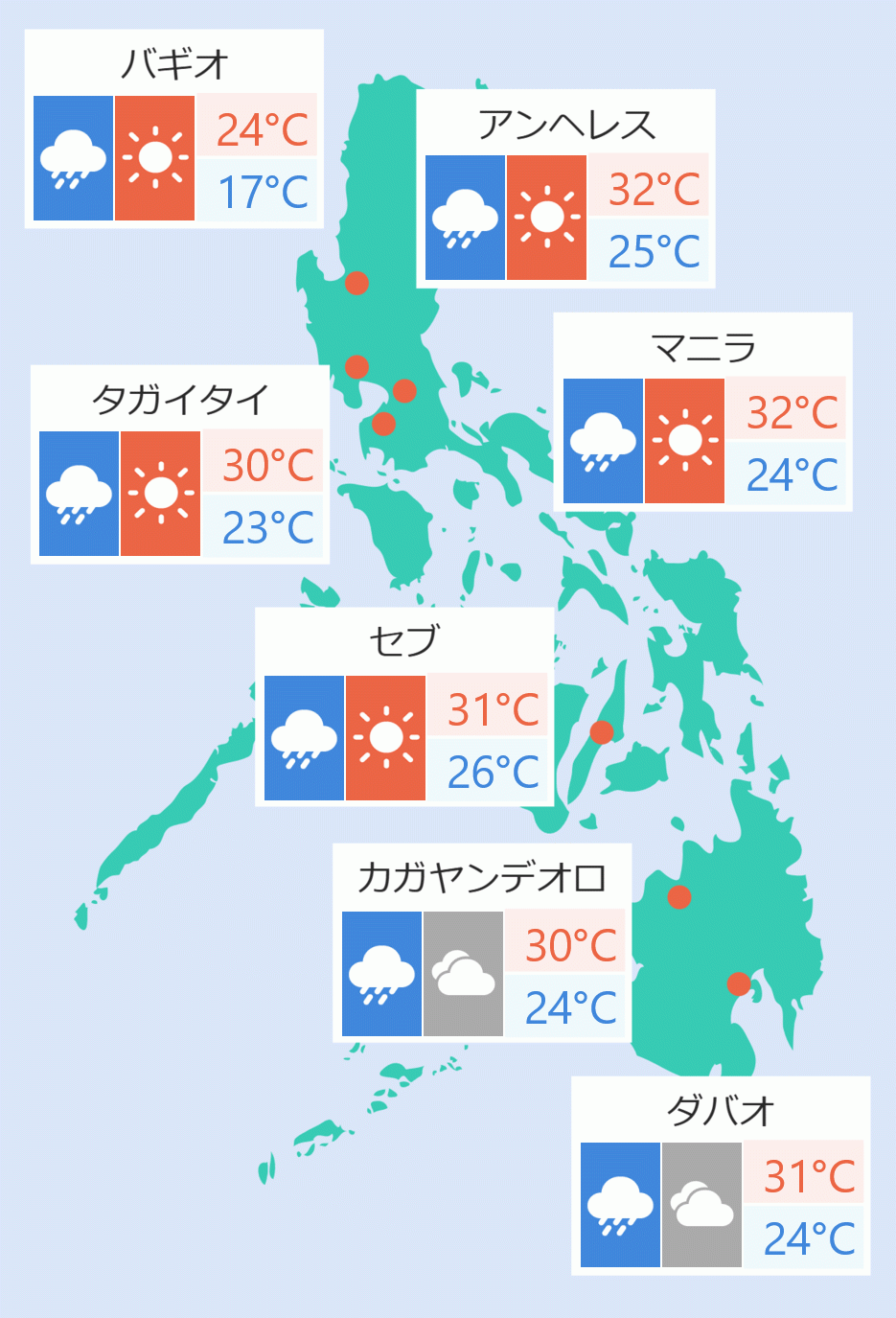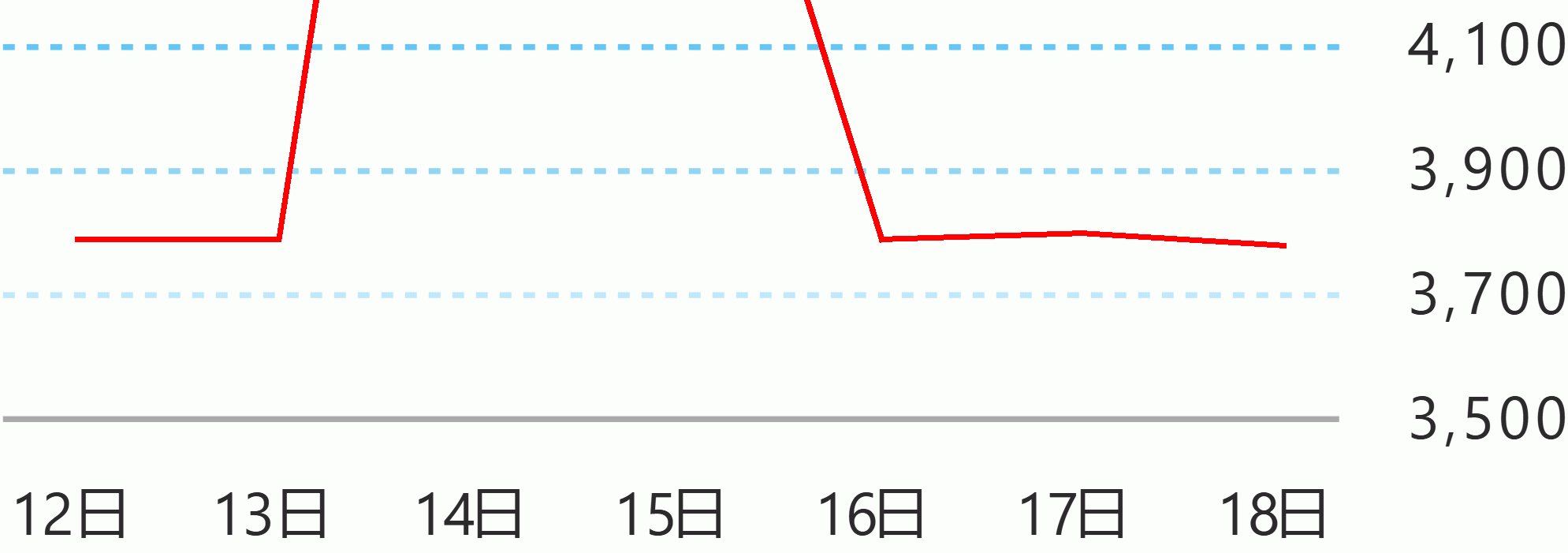Parts of Meralco Avenue will close at 9 pm Monday for six years to give way to the construction of the Ortigas and Shaw Boulevard stations of the Metro Manila Subway Project (MMSP).
The road from Capital Commons to the Shaw Boulevard intersection will stay closed for six years or until 2028.
In an interview with GMA News on “Unang Hirit”, Transport Undersecretary Cesar Chavez said no vehicles will pass through the 250 km road from Ortigas Avenue to the corner of Shaw Boulevard.
Chavez said the 33-km subway will have 17 stations that will pass through East Valenzuela, Quirino, Tandang Sora, North Avenue, East Avenue, Anonas, Katipunan, Shaw Boulevard, Kalayaan, Lawton, Senate until Ninoy Aquino International Airport (NAIA) Terminal 3.
“Around 400,000 passengers per day can be accommodated by the Metro Manila Subway”, Chavez said.
The Metro Manila Development Authority (MMDA) is advising motorists to take alternative routes when they go to the Mandaluyong and Pasig areas.
Chavez said the Pasig City and the Mandaluyong City local government units (LGU), with the MMDA and the Land Transportation Franchising and Regulatory Board (LTFRB) will make sure motorists are not affected.
President Ferdinand Marcos Jr. earlier this morning led the groundbreaking ceremony of the Shaw Boulevard and Ortigas subway stations, which are under Contract Package 104 (CP104).
“After the (groundbreaking) event that our President will attend, there will be a contract signing of packages 2 and 3…The contract signing will be next month,” Chavez said.
Contract Package 102 of the MMSP will include Quezon Avenue and East Avenue while Contract Package 103 will include Anonas station and Katipunan station.
Chavez assured the public that earthquakes will not affect the underground railway.
“You know the situation in Japan, they are often hit by earthquakes. We won’t encounter any problems. We will be using the same technology, system, and procedure in constructing the Metro Manila Subway Project,” Chavez said.
The subway project is funded by the Japanese government through the Japan International Cooperation Agency (JICA). Jaspearl Tan/DMS





 English
English









